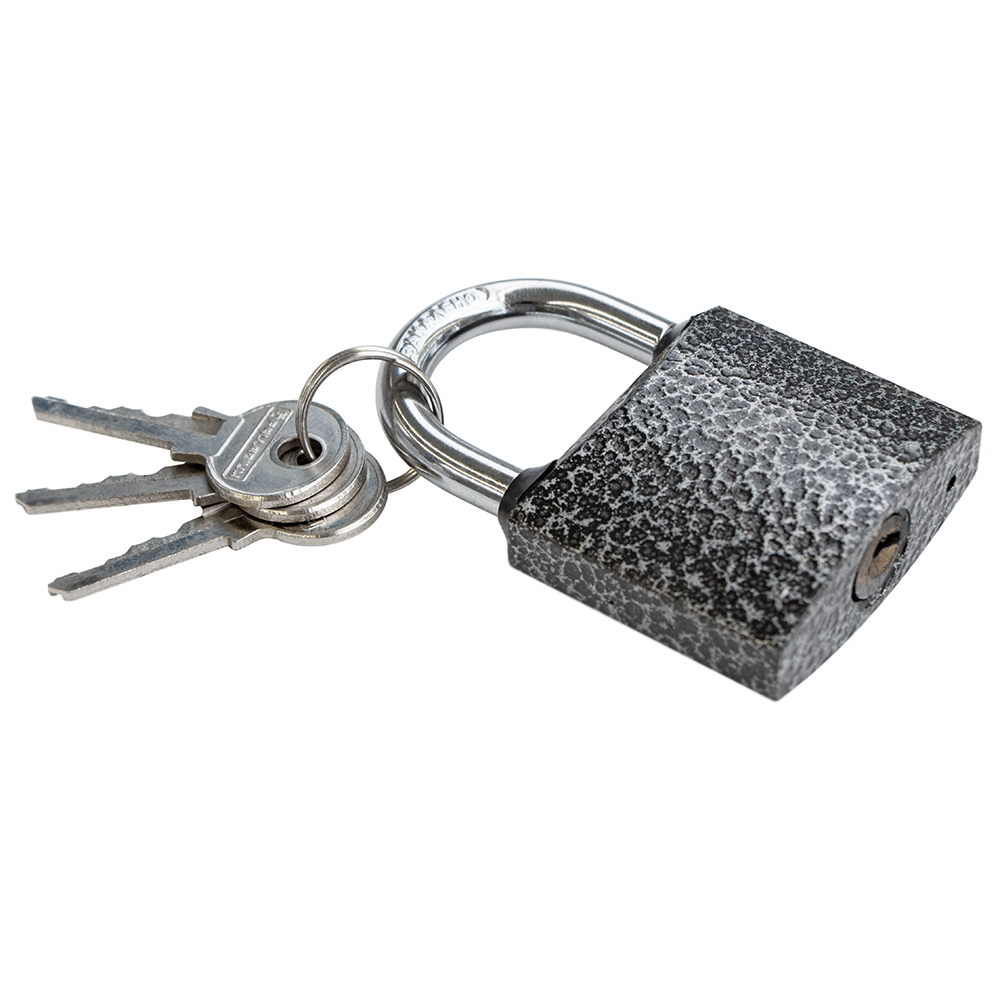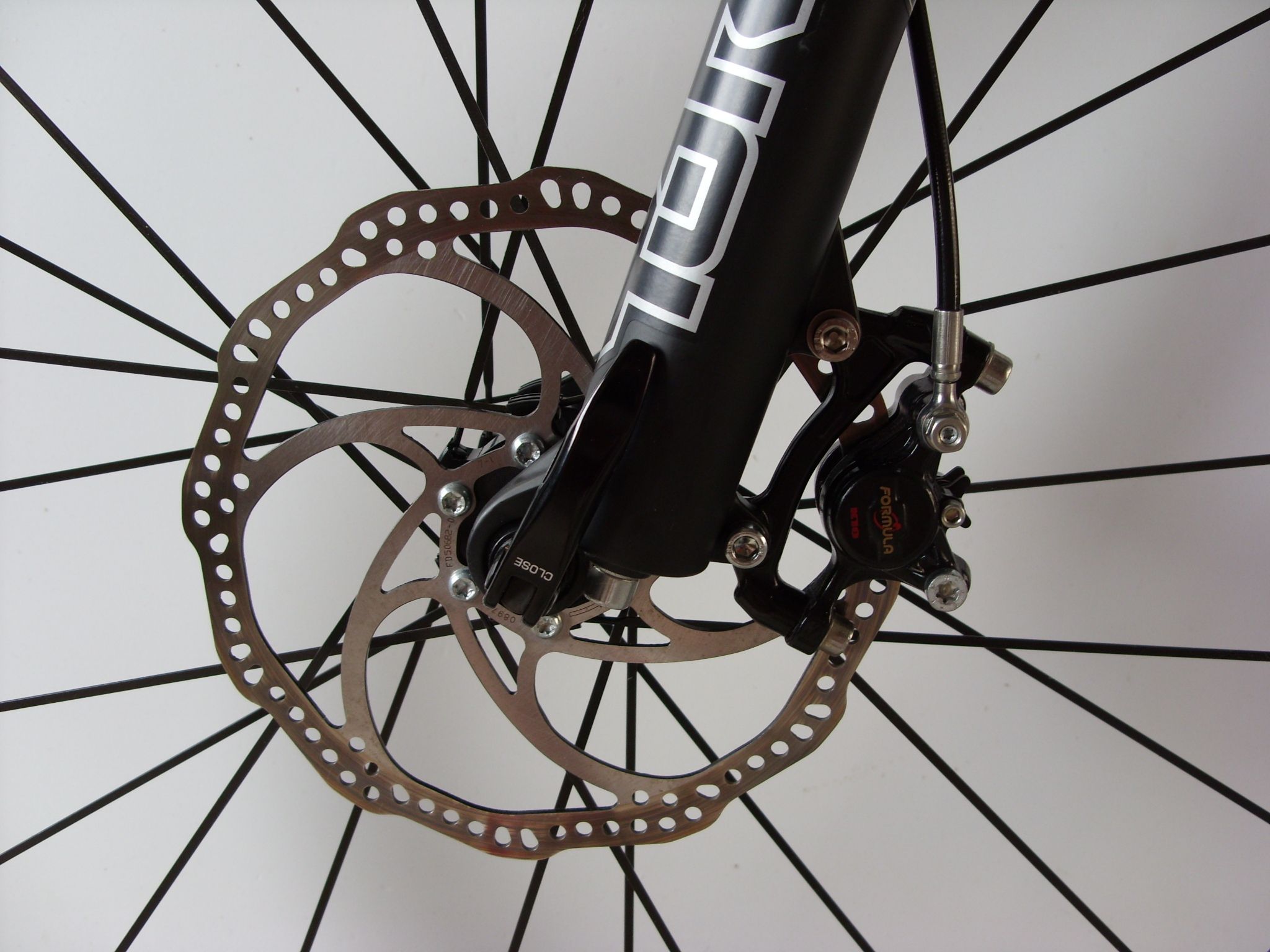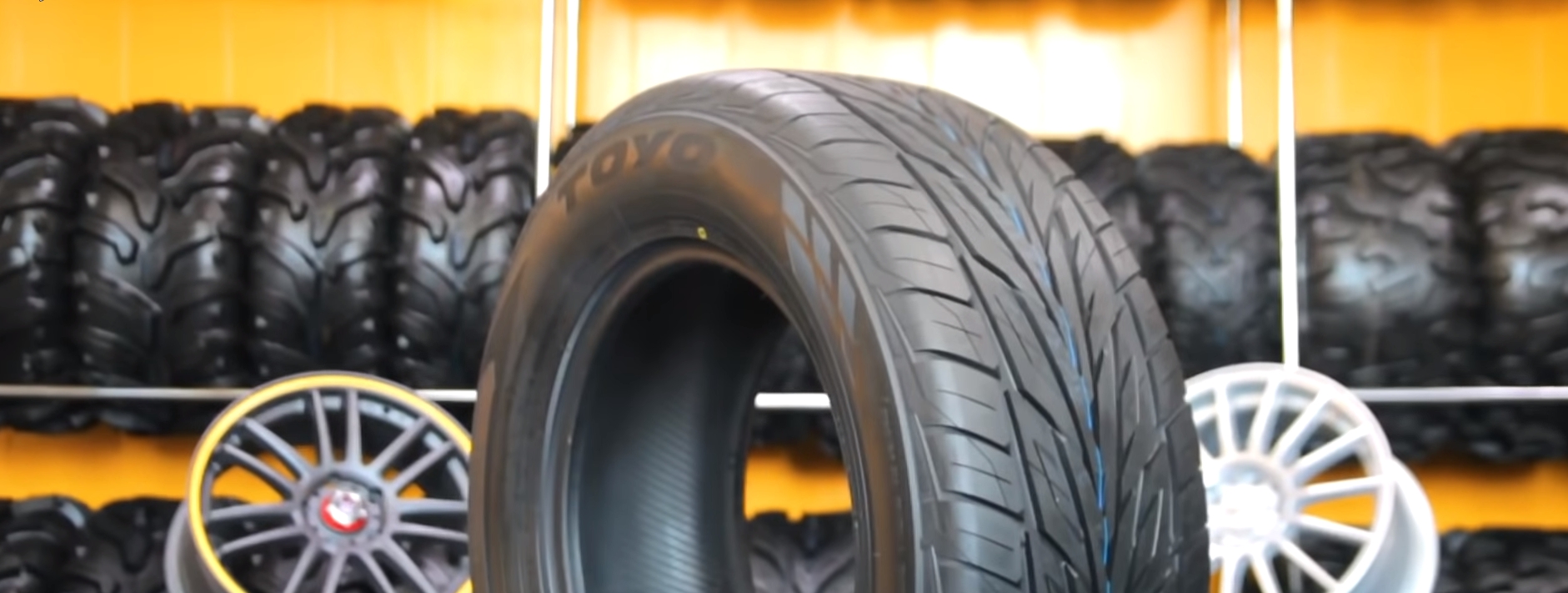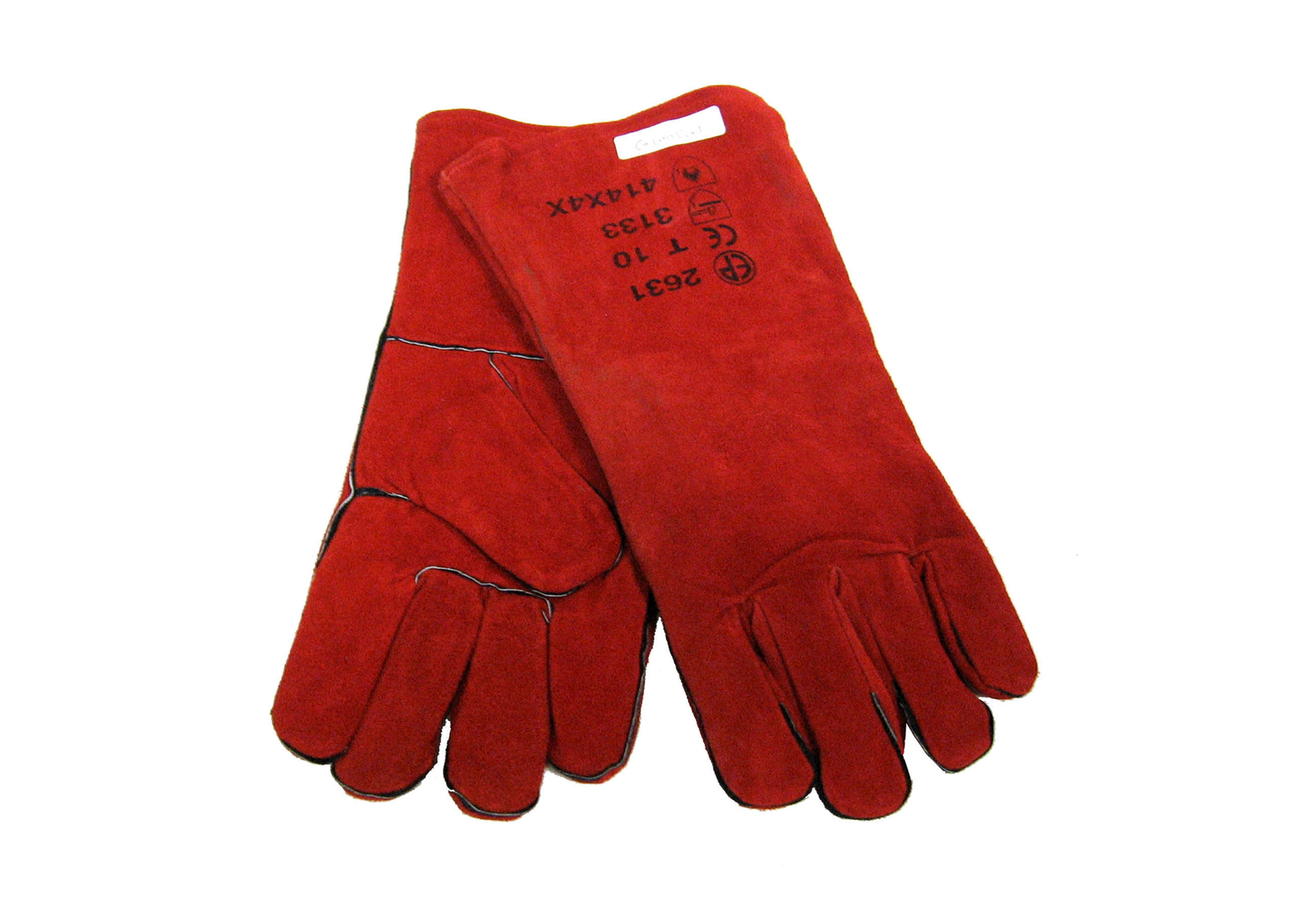The best electric convectors for heating in 2019

An electric convector is a device for heating rooms that uses a heat transfer method, in which heat energy is transferred by directional air jets. The convector is a direct heating electrical system, which is usually located next to windows or directly under a windowsill.
Attention, about which convectors are in the greatest demand in 2020, you can read here.
How convection works
Convection is the natural movement of air in space based on physical laws. The air flow acts as a heat carrier, accumulates heat, and then transfers and distributes it in space.
The electric convector is ideal as an additional source of heat in a room if, for some reason, central heating cannot cope with heating the rooms. It is an elegant and simple solution for creating a comfortable environment.
Convection heaters (known as convection heaters): They have no moving parts, so they are completely silent. They create natural air currents that circulate quietly throughout the room.
The principle of operation of these heaters is simple - to direct cold air streams through its body, where the heating element is located, and then remove these streams with warm air into the room. Convectors use physical laws for heating, thermally induced rise in air masses.
During operation, the convector generates movement of heat and air. Heat is obtained by supplying electric current to heating elements, for example, heating elements. Cold air is heated in the convector and is usually discharged upward or laterally as hot air.
Warm air rises upwards, while drawing in an additional cold air space from below, this sets in motion the entire air mass in the room. To maintain a certain temperature, the air must constantly be enriched with heat over and over again.

Convection additionally depends on the shape of the radiator. A good example is a radiator as a direct heating system that creates air movement in its typical ribbed shape. When the equipment is turned on, the radiator coolant (oil, gas, water) heats up and circulates in the device. The radiator starts to radiate heat. Cold air enters the ribs from below, heats up and rises. A cycle begins which heats up the room.
The power of the convectors is expressed in watts.Connection is made through a connection (plug, plug) with a conventional power supply or separately installed cables. Generally, the higher the wattage, the more expensive the heater is. But if you choose a powerful heater that quickly heats up the room and then turns off, then it will use less electricity than a heater that takes longer to warm the room.
Installation method
It is best to place and install convectors in certain areas of the room, for example, under windows or in the floor area, depending on the state of thermal insulation and the purpose of use. Correct installation of the heater results in an invisible heat shield that prevents the spread and penetration of cold into the room.
Modern or renovated buildings that have optimal insulation or central heating do not require protection from cold air, in such rooms the convector can only be used for short-term heating of rooms.
Selection criteria, how much it costs, which one is better to buy
The selection criteria depend on the size of the heated room. The performance of a convection heater is always determined by the size of the room. For example, if the room is 25 square meters, you should have a 2000 to 2500 W heater. Heaters have their own advantages and disadvantages, in principle, like any other technique.
Convection heaters have one drawback - they heat up the room more slowly. And the advantages of electric convectors can be attributed to the fact that they provide more uniform heating of the room than fan heaters and much less noise from them.
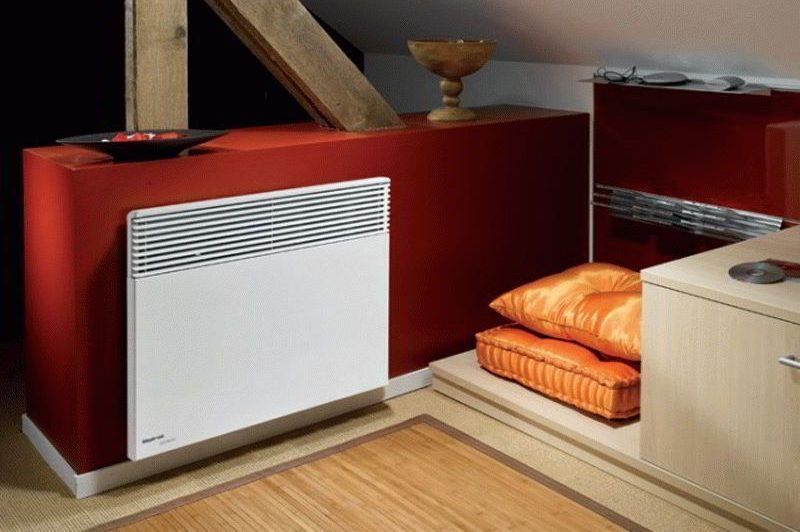
Convectors can be used anywhere in an apartment, house or summer cottage. There are wall and floor models with protection for heating bathrooms and other wet areas. For use in bathrooms, the devices must be splash-proof. This can be seen in the IPx 24 marking, the number should be this or higher.
Convection heaters themselves are quite tall and wide, but usually thin and light, making it easier to move from room to room.
Programmable modern electric convectors with "smart" thermostatic control are considered energy-saving devices that save energy, and therefore money. This is due to the fact that they turn on and off only as needed, so they will not waste electricity, but at the same time they constantly maintain heat in the room according to the set temperature parameters.
Useful additional functions in the convector
Some convection heaters have useful additional features, such as an LCD screen that displays various modes and current temperatures, or, for example, a remote control to turn on the heater, and converter manufacturers install a fan to increase airflow. This is the only way to significantly increase the heating speed of the premises and the heat output of this convector heating system.

Premium models can be equipped with the following features:
- Timer and Thermostat. Paying attention to the place where the thermostat temperature sensor is located when choosing an electric convector, you can protect yourself from a fire hazard. The sensor should be positioned as far away from hot parts of the heater as possible - for example, at the bottom where cold air from the room flows. Otherwise, the heater itself will interfere with the temperature sensor, which can cause the entire device to malfunction due to large temperature fluctuations. The timer is useful for turning on the heater just before you return home or wake up (in your absence, the device is turned off and does not work, thereby saving energy). Some models have frost protection, which means that the device can be set to automatically heat when the temperature drops below five degrees.Frost protection can be a useful function for winter gardens or utility rooms, for summer cottages, garage, since this mode will work at a minimum level, maintaining sufficient heat above zero.
- Thermal switch. Some heaters have a built-in thermal switch that turns off the heater if it overheats - an important safety feature.
- Tilt sensor. Some portable heaters have a built-in tilt adjuster that will shut off the heater if it overturns - another important safety feature to watch out for.
- Cold air setting. In some appliances, fans can help cool the room. It's not as efficient as an air conditioner, for example, but a light breeze of cold air is better than nothing.
- Climate control. Climate control is a useful function - the convector heats the room, and when the desired temperature is reached, the heater will simply maintain it.
- Smart Heating is a very modern way to control heating in your home. You will need to install the application on your mobile device, and you will be able to control the heating of the house, wherever you are.
In any case, convectors must be equipped with overheating protection to minimize the risk of fire.
Read more about the criteria for choosing a convector - in the video:
Advantages and disadvantages of convection heaters
Pros:
- Convection heaters heat up the room evenly. Due to the fact that the flow of heated air created by them rises and falls evenly over a closed space.
- Convection heating panels can be installed at any height of the open wall space in any room.
- Convection heaters can be built into the floor, which means they can be placed directly in front of stairs or floor-to-ceiling windows.
- With convection heaters of any type, the temperature of each room can be controlled individually.
- In most cases, convection heaters are quiet. Fan heaters, which are most commonly used in bathrooms, may make some noise, but this is not critical to feel uncomfortable.
- Convection heaters are the most economical. They save up to 10% more energy costs compared to electric heating panels and oil radiators.
- But the most compelling advantage of convection heaters is that they are aesthetically pleasing and generate optimal comfort heat in a short time.
Minuses:
Since convection heaters do not contain air filters and move the air in the room, they can create a lot of dust interference. This can be a problem for people with dust allergies.
Types of heating elements
To carry out heating, any device needs a heating element, with the help of which warm air is released into the room.

In convectors, this element is called a heating element and can be of different configurations, among which we can distinguish:
- The needle-shaped heating element is a heating thread coated with an insulating varnish. The heaters of such a device are not protected from liquid ingress, therefore they are not suitable for heating rooms with a high degree of moisture.
- The tubular heating element has a tube filled with heat-conducting material. To increase convection, the heating element has side ribs, which are designed for additional heat distribution. Such heaters are equipped with protection against overheating and tilt, which makes it possible to use them in a children's room. On the other hand, such models take a long time to warm up and may emit extraneous noises during operation.
- The heating element of a monolithic design is the most economical in terms of energy used. The body of the device is seamless and works silently. An excellent choice if electric heating is the main source of the building. Despite the high cost, such models will fully justify themselves in one heating season.
Models with a needle-shaped heating element have a low cost, but you should not count on the long-term operation of these devices. But the tubular or monolithic design of the heating element can serve for heating for a long time. The question is the price and quantity of devices to meet all needs.
Manufacturing companies
To date, a fairly large number of enterprises are engaged in the production of convection heaters, but not all can boast of high-quality models. Of the brands that produce really worthwhile devices, we can note:
- NOBO is a Norwegian brand specializing in the production of HVAC equipment. In 1929 the company manufactured a water-based heating installation. The first device that radiates heat was produced in 1939, and since 1947 production has completely switched to the manufacture of convectors. The products manufactured at the Nobo factory undergo a mandatory 100% quality control. The convectors are checked for quality under maximum load on the overheating protection system. Due to the high quality of products, the brand gives a great guarantee for its devices.
- The Stiebel and AEG brands are the embodiment of German quality, reliability and technology. Technological solutions developed on the basis of many years of experience, multi-stage quality control, innovative production, all this allowed Stiebel to become a recognized leader among equipment that is responsible for human comfort.
- Concern AB Electrolux is the largest manufacturer of home appliances and professional equipment. Electrolux is the leader in the European home appliance market and the third largest in the United States. The success of Electrolux products for decades lies in the impeccable quality of the products. The products manufactured by the concern have a principle formulated at the beginning of its existence: "The price of Electrolux products is due only to the presence or absence of additional functionality, but not to the difference in the quality of the models." This can explain the stable popularity of the brand among buyers.
- Noirot is a French company that develops and manufactures products in its own production facilities. The continuous process from design to testing allows for complete quality control. Noirot electric convectors and heaters have international quality standards. All models have a waterproof IP24 design and do not require grounding wiring (II class of electrical protection). Noirot convectors can work even in the absence of people for a long time, while maintaining the set temperature and fire safety parameters. The use of automation allows Noirot convectors to withstand voltage drops in the network from 190 V to 242 V. The automation and safety system used in Noirot devices is the same for all devices, from the budget Spot E-II series to the premium Verlys Evolution and Calidou models. When used correctly, Noirot products will last over 25 years.
Review of the best convection heaters
The analysis of the best convection heaters are popular models with an average cost. These are devices that are designed for the average buyer who thinks about the quality of the device and at the same time does not spend money on unnecessary parts.
NOBO Nordic C4E 15 FW
Price: from 8100 rubles.
An excellent solution for heating any type of premises. The housing is protected against moisture.Electronic control with infinitely adjustable overall temperature. Wall and floor type of placement.
- Overheat shutdown function;
- Up to 10 years warranty.
- Feet for floor standing sold separately;
- The heating area is 15 square meters;
- Large size 92.5x40x5.5 cm.
Video review of the model:
Noirot Spot E-5 750
Price: from 6 020 rubles
Convectors of the Spot E-5 series have a new generation electronic control unit equipped with a display. It allows you to set the required temperature mode with an accuracy of a degree. This was made possible by equipping the models with an ASIC® digital thermostat, which maintains the required temperature with an accuracy of 0.1 ° C.
Accurate maintenance of the temperature balance, and at the same time low power in standby mode (no more than 0.5 W) guarantee energy savings and increase the service life of the device. When using the convector, the maximum comfort in the room is created without temperature changes.
- Small dimensions 340x440x80 mm;
- Standard Power Requirements;
- Up to 10 years warranty.
- Overcharge;
- Heating area up to 10m²;
- Lack of timer.
More about the features of this device - in the video:
Stiebel Eltron CNS 100 S
Price: from 4940 rubles.
Convector, intended placement of a universal type. Can be floor or wall mounted on request. It has energy efficiency of up to 98% and maintains the indoor climate at a level from 5 C to 30 C. Equipping the convector with double insulation of the body according to the II class of electrical safety, does not require grounding, which makes the model available for use in suburban areas.
- Moisture protection according to the IP 24 category;
- Light weight 4.2 kg and small dimensions 450 * 450 * 100 mm;
- Protection against overheating and voltage drop in the network within 150 - 240 V;
- The guarantee of reaching fast and full heating power is provided by a heating element made of stainless steel with an aluminum heat exchanger;
- Does not dry the air;
- The manufacturer's warranty is given for 5 years.
- The firm recommends that the installation and the first run of the model be carried out with the help of a specialist.
Professional video review:
Electrolux ECH / R-1500 E BLACK
Price: from 4 500 rubles
The Rapid Black convector is black and matt. Such a model will appeal not only to customers who are interested in the aesthetic side of the device, but also to quickly heat the premises. The convector of this series is a premium heating device.
The SX-DUOS heating element has an increased length and a "shell" surface, due to which the device reaches the operating temperature as quickly as possible. Warming up in just one and a half minutes of seconds, it immediately starts working to heat the room.
- The HFT thermostat provides reliability in the operation of the device and provides climate control with an accuracy of 0.1 ° C.
- The LED display will show the necessary modes and functions of the electronic unit and save all settings in memory.
- The device can be installed on any surface and has full mobility.
- A special wheel system allows the convector to move freely to any room;
- The complete set has a bracket with which the device can be mounted on the wall.
- The service life of the heating element is 25 years, and the Rapid series is guaranteed for 3 years.
- The buttons make an unpleasant noise.
More about this convector - in the video:
AEG WKL 503 S
Price: from 3770 rubles
A budget version of the convector, which can only be used in the wall mounting variation. Small dimensions 37x45x10 cm and light weight 3 kg. allows you to define the model on any wall, regardless of its quality.
- Price;
- The presence of a thermostat;
- Overheating shutdown.
- Mechanical control;
- Low power.
conclusions
From the review received, the most recommended models for residential use are the Stiebel Eltron CNS 100 S and Electrolux ECH / R-1500 E BLACK, although in the latter case, many buyers are not satisfied with the black design of the device.
The NOBO Nordic C4E 15 and Noirot Spot E-5 750 models impress with their quality and the number of additional functions, but at the same time they have a high price. On the other hand, the AEG WKL 503 S convector, having a low price, does not meet all the necessary functionality.
The process of choosing an electric convector should be guided by the area of the room, its thermal insulation and the ability of the home wiring to withstand the required voltage. In this case, it is worth soberly assessing all the factors of the device's operation and the absence of fire hazardous components near the convector.
new entries
Categories
Useful
Popular articles
-

Top rating of the best and inexpensive scooters up to 50 cubic meters in 2020
Views: 97661 -

Rating of the best materials for noise insulation for an apartment in 2020
Views: 95022 -

Rating of cheap analogues of expensive medicines for flu and colds for 2020
Views: 91750 -

The best men's running shoes in 2020
Views: 87680 -

Top ranking of the best smartwatches 2020 - price-quality
Views: 85091 -

Best Complex Vitamins in 2020
Views: 84801 -

The best dye for gray hair - 2020 top ranking
Views: 82406 -

Rating of the best wood paints for interior use in 2020
Views: 77202 -

Ranking of the best action cameras from China in 2020
Views: 75269 -

Rating of the best spinning reels in 2020
Views: 74827 -

The most effective calcium supplements for adults and children in 2020
Views: 72462 -

Top rating of the best in 2020 means for male potency with a description
Views: 68296
